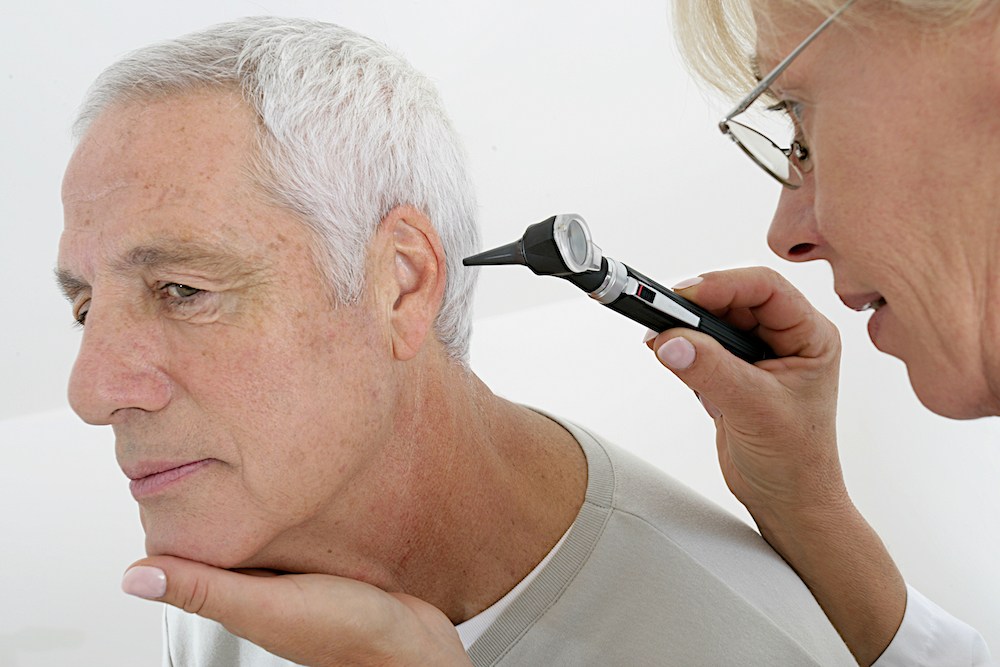Hearing Loss and Its Impact on Family Dynamics
Hearing loss affects how you communicate with the people closest to you,

By: admin | January 31, 2024
Understanding your hearing health is an important part of overall wellness. A crucial aspect of this is knowing how hearing assessments, conducted by audiologists, work. These assessments are instrumental in diagnosing and managing hearing loss.
When you visit a hearing care clinic, the professionals there use specific tests to evaluate your auditory system. These tests are not just about determining if you have hearing loss, but also about figuring out the degree of your hearing loss, which helps them recommend suitable solutions for you. This process might seem complex or intimidating at first glance, but it’s actually straightforward and non-invasive. By learning more about how these assessments work, you can feel prepared and comfortable when it’s time for your own assessment.
Let’s shift our focus from the specifics of hearing assessments to the importance of regular hearing check-ups. These routine visits to your audiologist are more than just a box to tick on your health checklist.
Regular hearing check-ups serve as an early detection system for potential hearing loss. By catching any changes in your hearing early, you can start managing issues sooner rather than later. This proactive approach can make a significant difference in maintaining your quality of life. So, regular check-ups are not just about monitoring your current state but also about protecting your future auditory health.
During your first appointment, the audiologist will want to talk about your medical history, your current symptoms and lifestyle factors like where you work, hobbies you enjoy and any medications you’re on. This is a key part of the consultation as it gives the hearing specialist a comprehensive view of your auditory health over time. It’s like giving them a roadmap of your past experiences with sound, which can help them understand any current issues you might be facing.
In this discussion, you’ll want to cover key points in your hearing history. Think of it as a checklist: Have you had any ear infections or injuries? What about exposure to loud noises at work or during leisure activities? Do you have any family history of hearing loss? All these details can provide valuable insights into your auditory health.
Finally, don’t hesitate to share how any potential hearing loss has been affecting your daily life. This information is not just about the physical aspect of hearing but also about its impact on your lifestyle and emotional well-being. The goal here is not just to treat symptoms but to improve overall quality of life. So, speak up and make sure all aspects of your hearing health are addressed during this important conversation!
Otoscopy is a crucial diagnostic procedure routinely performed by audiologists to examine the external ear canal and the eardrum. During this examination, a handheld instrument called an otoscope is used to carefully inspect the ear’s interior. This visual inspection helps audiologists identify any visible issues, such as earwax buildup, infections or abnormalities in the ear canal or eardrum. Otoscopy is a non-invasive and essential tool in audiological assessments, allowing professionals to gather valuable information about the overall health of the ear and its structures. By conducting otoscopy, audiologists can detect and address potential problems, contributing to accurate hearing assessments and appropriate treatment recommendations for their patients.
The initial appointment typically involves a comprehensive hearing assessment. This is akin to taking a snapshot of your current auditory health. The specialist will conduct tests that measure how well you hear different sounds and frequencies. These tests are simple and painless, much like having your blood pressure checked at the doctor’s office.
After the assessment, the specialist will discuss the results with you. They’ll explain what they found and suggest potential solutions if any issues were detected. This conversation is similar to discussing x-ray results with your dentist – clear, informative, and focused on helping you understand your situation better. There are a variety of different hearing tests the audiologist can perform, including the following most common types:
Pure-tone audiometry is a basic yet key test used by professionals to assess your hearing abilities. In this test, you’ll listen to a series of tones at different frequencies and volumes through headphones. Your responses help the specialist determine not only if there is hearing loss, but also its degree and type. It’s a simple procedure that plays a significant role in identifying and understanding any potential hearing loss you may have.
Speech audiometry is a bit different as it focuses on your ability to understand speech rather than just hear sounds. It’s like the difference between hearing someone talk at a party and actually understanding what they’re saying amidst all the noise. Speech audiometry involves listening to and repeating words or sentences. This helps the hearing specialist assess not only your ability to hear speech but also your capacity to comprehend it. Think of it as a comprehension test for your ears!
Let’s now turn our attention to tympanometry. This test is a key part of your hearing assessment as it checks the health of your middle ear. Tympanometry works by measuring how your eardrum responds to changes in air pressure. This information helps hearing specialists identify any issues that might be affecting your middle ear’s function.
So, while it may sound complex, tympanometry is simply another tool used by hearing specialists to ensure every aspect of your auditory health is thoroughly assessed. It’s all part of providing you with the best possible care for your hearing needs!
Let’s shift our focus to another important test used by hearing specialists – otoacoustic emissions testing. This test measures the function of your inner ear, specifically the tiny hair cells that play a key role in converting sound waves into electrical signals for your brain to interpret. OAE testing works by playing sounds into your ear and then recording the echoes that these sounds produce in your inner ear. It’s like shouting into a canyon and listening for the echo – if there’s an echo, it means that sound is being processed correctly. If there isn’t an echo, it could indicate a problem with how your inner ear is functioning.
So while this test might seem complex, it’s just another way for hearing specialists to assess your auditory health thoroughly. By understanding how each part of your auditory system functions, they can provide you with the most effective solutions tailored to your specific needs.
After your hearing assessment, it’s time to sit down with your hearing specialist and go over the results. This step is just as important as the tests themselves. It’s when you get to understand what all those numbers and graphs mean for your auditory health.
Your hearing specialist will explain the results in a way that’s easy to understand. They’ll tell you if there are any issues with your hearing and discuss potential solutions if needed. It’s like going over a report card – but instead of grades, you’re looking at different aspects of your auditory health.
Understanding these results is important to managing any potential hearing loss effectively. So don’t hesitate to ask questions or seek clarification during this discussion. Your hearing specialist is there to help you make sense of it all and guide you towards the best possible care for your auditory health. Rest assured, with their expertise by your side, you’re in good hands!
Once your hearing assessment is complete, the next step involves discussing potential treatment options and recommendations with your hearing specialist. This is a key part of the process as it helps you understand what steps can be taken to manage any identified hearing loss. It’s like receiving a personalized roadmap for your auditory health, designed to guide you towards improved hearing and overall well-being.
The treatment options recommended by your audiologist are tailored to your specific needs and circumstances. They might suggest devices like hearing aids or provide strategies for managing challenging listening situations. Their goal is to help you maintain the best possible quality of life despite any hearing loss.
Hearing aids are often the most widely-recommended treatment for hearing loss because of the wide range of styles and versatility in features. Some of the most common styles include:
If you have any questions or concerns about your hearing health, don’t hesitate to reach out. At Quality Hearing Aid Center, our team of dedicated professionals is always ready to assist you. Whether it’s for an initial consultation or a regular check-up, we’re here to ensure that your auditory health is well taken care of.
For more information or to schedule an appointment at one of our locations in Southfield, Novi, Livonia or St. Clair Shores, MI, give us a call at (248) 569-5985
Taking care of your hearing health is a vital part of maintaining overall wellness. Don’t wait until it’s too late – take action today and secure a future where you can continue enjoying all the sounds life has to offer!
Tags: audiology services

Hearing loss affects how you communicate with the people closest to you,
By: admin | June 20, 2025

Sometimes hearing problems aren’t obvious. You might follow
By: admin | February 18, 2025

You’ve finally decided to take that step – scheduling your first
By: admin | October 30, 2024
